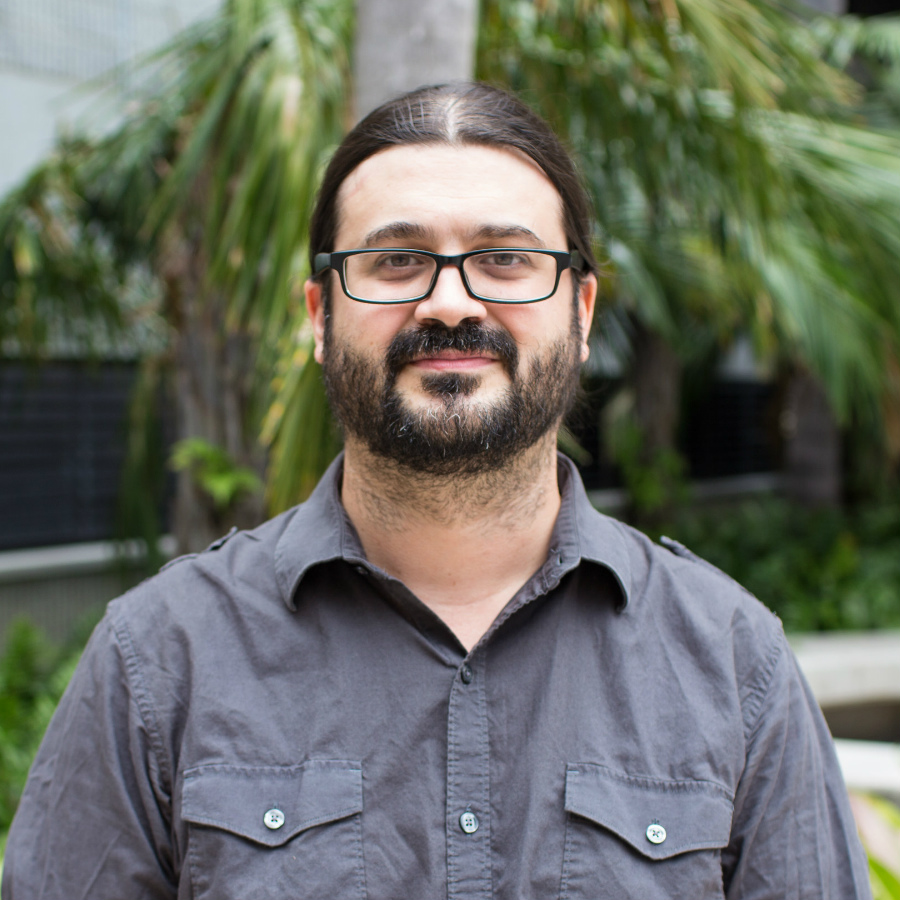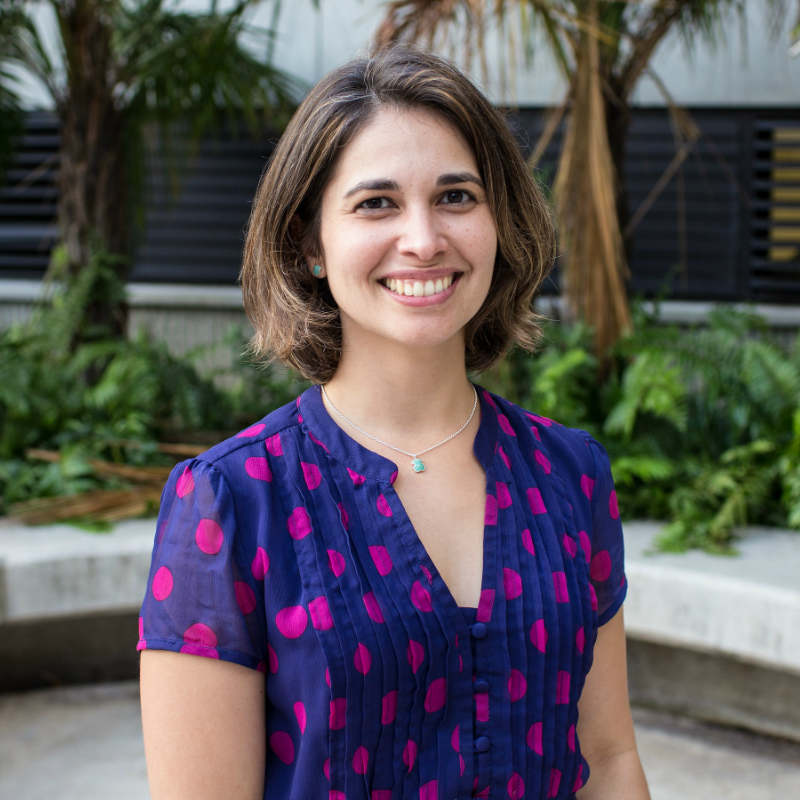We focus on the development, implementation and study of research-based reform for physics and physics education programs. Over several years, we have transformed the undergraduate physics experience at FIU. Along the way, a thriving research and learning community has been established, rooted in inquiry-based pedagogy and engaging high school teachers and students, undergraduate and graduate students, faculty and associated stakeholders.
Our efforts are supported by a multodisciplinary team from the departments of Physics and Teaching and Learning. We receive federal funding from the National Science Foundation, American Institute of Physics, American Association of Physics Teachers and American Physical Society.
Team
Zahra Hazari
Professor
305-348-2096
zhazari@fiu.edu
ZEB 258A, VH 145Laird H. Kramer
Professor
305-348-6073
kramerl@fiu.edu
VH 144, CP 211Geoffrey Potvin
Director, STEM Transformation Institute, Professor of Physics
305-348-7614
gpotvin@fiu.edu
CP 206, VH 140CIdaykis Rodriguez
Assistant Teaching Professor
305-348-7683
irodrig@fiu.edu
VH 160D
Projects
We support and assess projects bringing new strategies to university and high school classrooms.
Resources
Contact Us
Department of Physics
11200 SW 8th Street, CP 204
Miami, FL 33199
Tel: 305-348-2605
Fax: 305-348-6700



